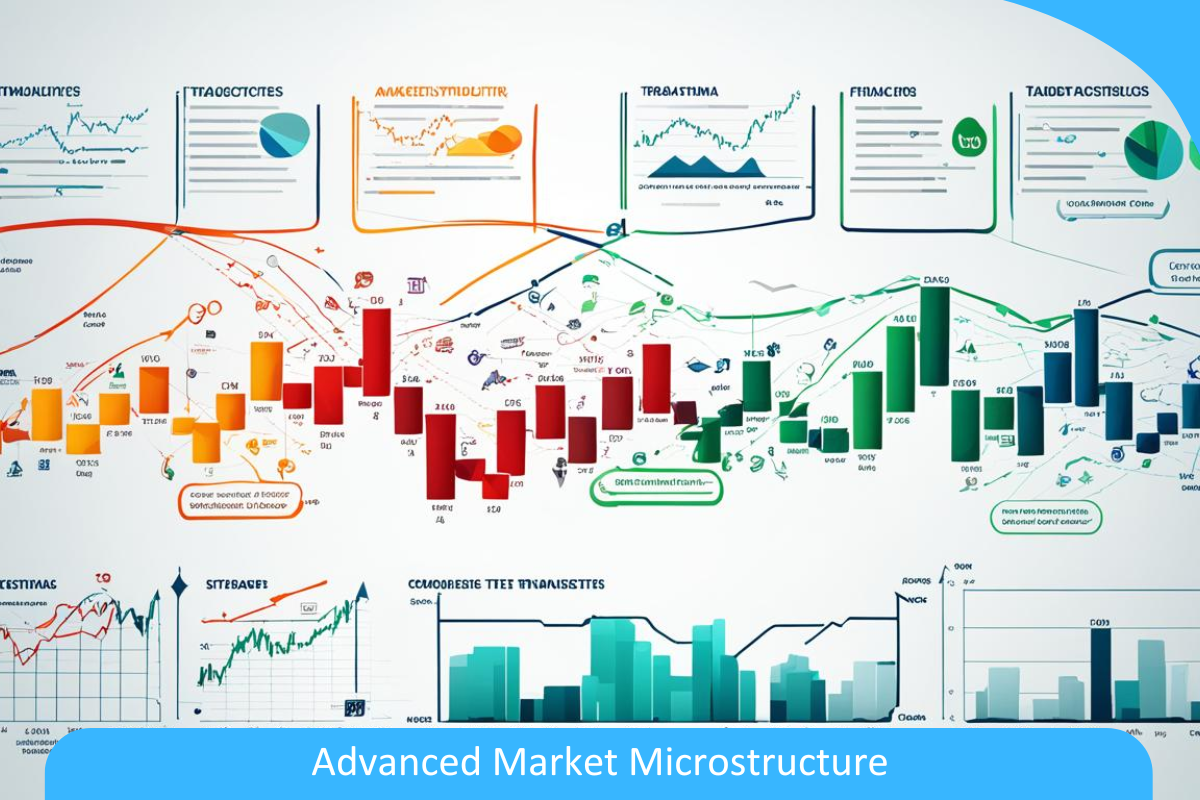
Market microstructure is a crucial yet complex field within finance, focusing on how markets operate at a granular level. It delves into the mechanisms that underpin trading, liquidity, and price formation. For stock traders, a deep understanding of the market microstructure can provide a significant edge. This article aims to unravel the intricacies of order flow and market dynamics, helping traders make informed decisions and refine their strategies. To start trading stock CFDs, you can visit adss.com to open an account.
The Fundamentals of Market Microstructure
To grasp advanced concepts in market microstructure, it’s essential first to understand its foundational elements. At its core, market microstructure studies the processes through which assets are traded and how this trading impacts the asset’s price.
Market orders and limit orders are the primary types of orders that traders use. A market order instructs a broker to buy or sell an asset immediately at the best available price. Conversely, a limit order specifies a price at which the trader is willing to buy or sell an asset, and the trade will only execute if the market reaches that price. The bid-ask spread—the difference between the highest price a buyer is willing to pay (the bid) and the lowest price a seller is willing to accept (the ask)—is a fundamental concept that reflects the market’s liquidity and efficiency.
Market participants are diverse, including retail investors, institutional investors, market makers, and high-frequency traders. Retail investors are individual traders who buy and sell securities for personal accounts. For example, those looking to buy stocks will interact with various market mechanisms that influence their trades. Institutional investors manage large portfolios on behalf of clients, often executing large trades that can influence market prices. Market makers provide liquidity by continuously buying and selling securities, earning from the bid-ask spread. High-frequency traders use advanced algorithms to execute trades at extremely high speeds, often capitalising on small price movements.
Order Flow Analysis
Order flow refers to the sequence and size of buy and sell orders entering the market. It plays a pivotal role in determining market price and can reveal crucial information about market sentiment and potential price movements. By analysing order flow, traders can gain insights into the underlying forces driving market changes.
Several indicators help traders analyse order flow. Volume analysis, for example, looks at the amount of trading activity and can signal whether a trend is gaining strength or weakening. Time and sales data provides a detailed record of all trades executed, including their size and price, offering a real-time snapshot of market activity.
Techniques for analysing order flow include examining Level II data, which displays the order book’s depth and shows various bid and ask prices along with their quantities. Footprint charts provide a visual representation of trading activity at different price levels, highlighting where significant buying or selling occurred. The order book, which lists all outstanding orders in the market, is a valuable tool for understanding current market conditions and predicting short-term price movements.
Market Dynamics and Price Formation
Price formation is the process through which asset prices are determined based on supply and demand dynamics. The market equilibrium price is where the quantity of an asset demanded equals the quantity supplied. Understanding this process helps traders anticipate how price changes might unfold in response to shifts in market conditions.
Supply and demand fundamentally influence price movements. A surge in buying orders increases demand, potentially driving prices up if sellers are not willing to supply enough. Conversely, an influx of selling orders can push prices down if buyers are unable to absorb the excess supply. The interplay between these forces is a key driver of price volatility and market trends.
Liquidity—the ease with which an asset can be bought or sold without significantly affecting its price—is crucial in market dynamics. High liquidity typically results in narrower bid-ask spreads and smoother price transitions. Liquidity providers, such as market makers and institutional investors, play a vital role in maintaining market stability by offering continuous buy and sell quotes.
High-Frequency Trading (HFT) and Its Effects
High-frequency trading (HFT) involves executing large volumes of trades at extremely high speeds, often using sophisticated algorithms and technology. HFT strategies include market making, arbitrage, and momentum trading, which aim to capitalise on short-term price discrepancies and market inefficiencies.
HFT has significant implications for market microstructure. It can enhance market liquidity by increasing the volume of trades and narrowing bid-ask spreads. However, it can also contribute to increased volatility, as rapid trading can amplify price swings and create potential instability. Regulatory bodies have scrutinised HFT practices to address concerns about market fairness and systemic risk.
Conclusion
Understanding market microstructure is essential for traders seeking to refine their strategies and gain a competitive edge. By delving into order flow, market dynamics, and the effects of high-frequency trading, traders can better anticipate market movements and make informed decisions. As technology and regulations continue to evolve, staying abreast of these changes will be crucial for navigating the complexities of modern financial markets. With a solid grasp of market microstructure, traders can enhance their ability to navigate the intricacies of stock trading and achieve their financial goals.